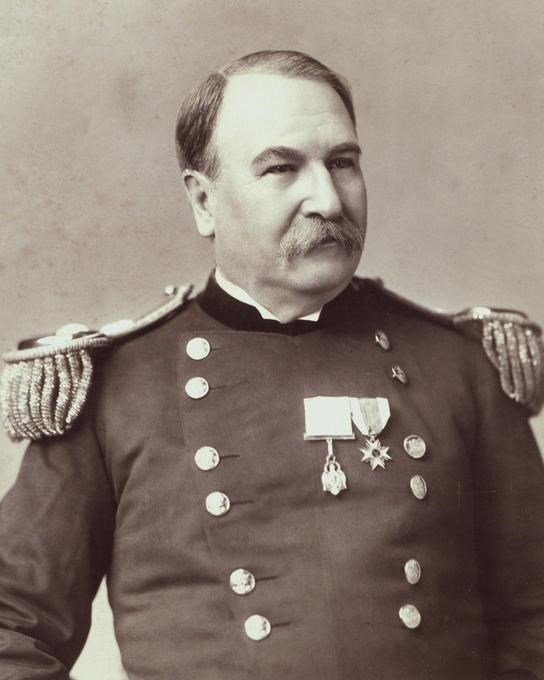Last updated: February 16, 2023
Person
Thomas Lincoln Casey

Thomas Lincoln Casey Sr. served as a Chief of Engineers for United States Army Corps of Engineers in the later part of the 19th century. The American engineer played a crucial role in the development and completion of the Washington Monument.
He was born in New York, but hailed from a prominent Rhode Island family that included generals, admirals, engineers, artists and scientists.
Casey attended West Point from 1848 until 1852 and was first in his class and was commissioned into the Corps of Engineers. His first projects were on the Delaware River and involved the construction of Fort Delaware.
He returned to West Point in 1854 where he was an assistant professor of engineering before the American Civil War. In 1856, he married Emma Weir, daughter of another West Point professor Robert W. Weir who was a notable artist.
When war broke out, Casey was stationed at Fort Monroe in Virginia and was an assistant engineer. He was later sent to Maine and was responsible for recruiting engineers until after the war ended. During the war, Casey was promoted through the ranks from captain in 1861 until attaining the rank of brevet colonel in 1865.
Colonel Casey was mad assistant to the Chief of Engineers in 1867 and moved to Washington, DC.
From 1877 to 1881, Casey was in charge of the Office of Public Buildings and Grounds. He oversaw the last of the construction on the State, War and Navy Building (now known as the Eisenhower Executive Office Building) and the completion of the Washington Monument.
Casey's work on the Washington Monument involved developing a method to balance the foundation of the partially constructed monument. He also made aesthetic choices and removed the exterior door decorations and removed them to the interior of the monument and the elevator shaft. He also removed a western door to smooth the exterior of the monument and make it a true obelisk.
Other monuments Casey worked on included the monument of Thomas Jefferson's grave and a monument marking George Washington's birthplace. In 1884, he was officially made a colonel (rather than the brevet rank he had achieved during the Civil War). He helped design the Army Medical Museum and Library, which housed the collection that for a time was kept at Ford's Theatre.
In 1888, Casey was promoted once again to brigadier general and made Chief of Engineers. Many of his works as Chief of Engineers involved harbor and river improvements. Other projects involved beginning construction on the Jefferson Building (Library of Congress).
In 1890, when Rock Creek Park was established, the Chief of Engineers had a part on the Board of Control that managed it.
Casey retired from military service in 1895. Unfortunately, he died suddenly in March of 1896. His son, architect Edward Pearce Casey, took over the project at the Jefferson building while
his other son, Thomas Lincoln Casey, Jr. was also a military engineer and had a 33-year career.
